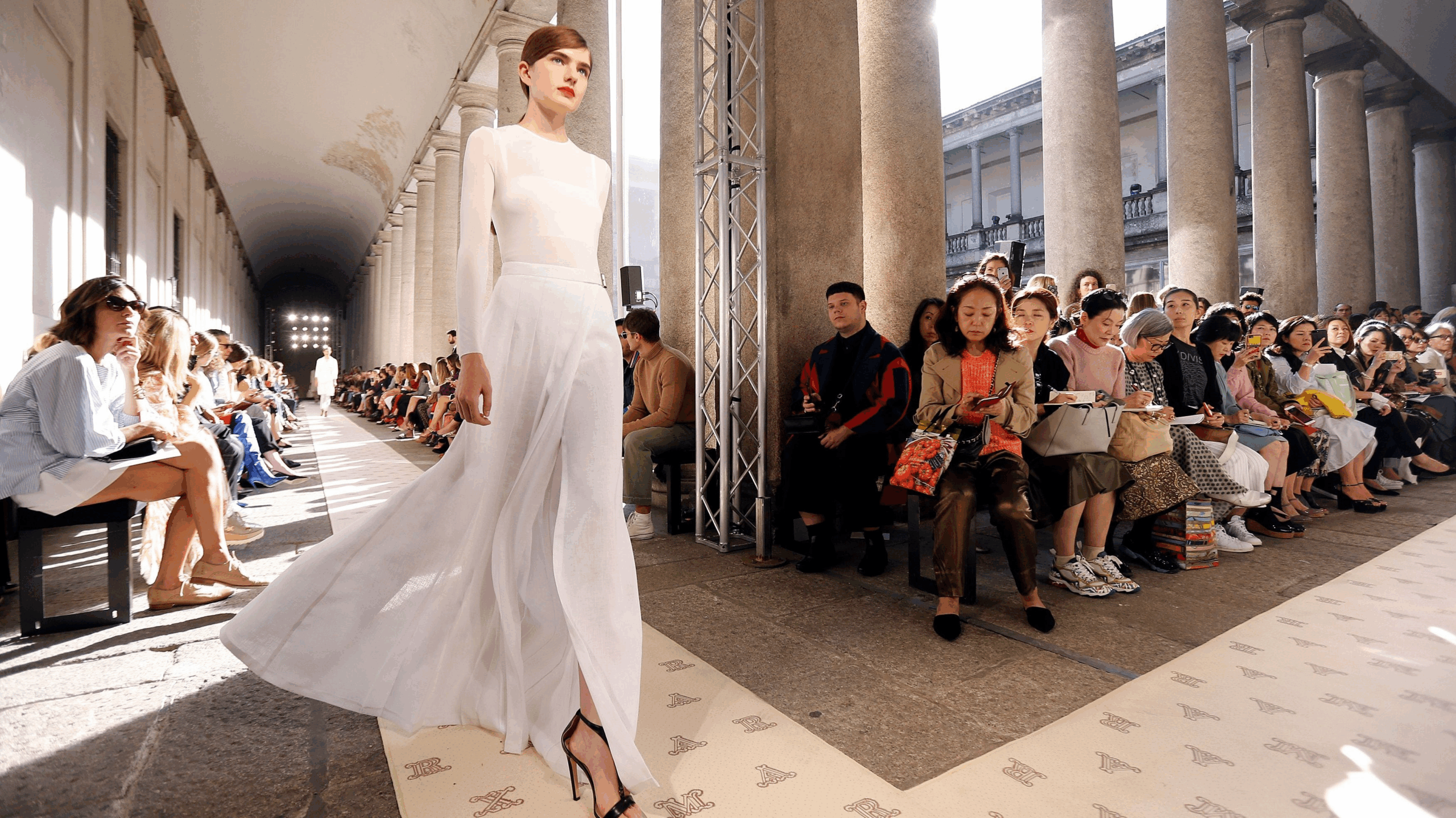
Beneath the Label: The Untold Story of Italian Luxury
Thea Elle
August 6, 2025
For decades, “Made in Italy” meant something special—exquisite materials, masterful hands, and a legacy passed down through generations. It was a promise brands like Gucci and Loro Piana used to justify four-figure price tags. But that promise is under fire. Investigations now reveal a different reality: garments sewn in cramped sweatshops by underpaid, undocumented workers, all under the same prestigious label. The contrast is stark. And as the gap between image and reality widens, consumers are beginning to vote with their wallets. Prestige, it turns out, is no longer enough.

Beneath the Tag: What ‘Made in Italy’ Really Means
The phrase “Made in Italy” still conjures images of skilled artisans, fine fabrics, and timeless style. But in Prato—the beating heart of Italy’s textile industry—the reality is far more troubling. Hidden behind the glamour are thousands of undocumented workers, mostly migrants from China and South Asia, sewing luxury garments in unsafe, illegal factories for as little as three euros an hour. These aren’t rare exceptions—they are part of a system quietly powering brands like GUCCI and LORO PIANA. Workers sleep where they sew. Days stretch past 14 hours. Fires and structural collapses have claimed lives. Yet the brands continue to profit, protected by long subcontracting chains that shield them from legal responsibility.
As courts begin to intervene and public scrutiny grows, one truth is clear: the cost of luxury has never been higher—for the workers who make it, and for the values we claim to uphold.

What Luxury Really Costs
A €2,000 handbag may suggest heritage, exclusivity, and artisanal skill, but the actual manufacturing cost is often under €100. This massive disparity isn’t due to hidden layers of craftsmanship. It’s the result of brand strategy: curated scarcity, celebrity marketing, and the promise of status.
Today’s luxury economy is less about how products are made and more about how they’re sold. Millions are poured into advertising campaigns that sell aspiration, not transparency. As shoppers dig deeper, many discover that these high-priced items are sometimes produced in the same facilities as far cheaper alternatives. And the question becomes hard to ignore: are we buying quality, or just the illusion of it?

The Silence Behind the Stitching
CELINE and other luxury houses sell a curated, quiet, subtle shapes, low-key logos, a calm kind of cool. But the silence is deceptive. In the background, undocumented laborers work through the night in illegal factories, earning pennies to produce bags that retail for €2,000. The beauty is polished; the labor behind it is anything but.
You’re not paying for better craftsmanship—you’re paying for perception. For marketing machines, celebrity endorsements, and the illusion of exclusivity. And while brands cash in, workers are left in cramped rooms, denied protections, and stripped of dignity.
True luxury shouldn’t depend on hidden suffering. Today, it’s possible to wear a style with integrity—clean design, premium quality, and none of the exploitation. Because looking good shouldn’t mean looking away.

The True Cost of Looking Good
That minimalist tote you’re eyeing? The one with the discreet branding and €2,000 price tag? It likely cost under €100 to produce, and not because the materials were inexpensive or the design was simple. The rest of the price covers celebrity endorsements, high-gloss campaign shoots, influencer partnerships, and flagship store rents in the world’s wealthiest cities. But someone else is paying too: the invisible laborers behind the product. In the shadows of luxury, undocumented migrant workers sew through 14-hour shifts in cramped, often illegal factories. These workers—many of whom are in places like Prato, Italy—earn far below minimum wage, with little to no legal protection. They don’t just work in these spaces—they sleep there too, confined to the margins of a billion-euro industry that thrives on their silence.
But the silence is breaking. Today’s consumer isn’t just looking for status—they’re looking for truth. They want to know how something is made, who made it, and whether dignity was part of the process. They’re choosing transparency over trend and values over vanity. Turning away from exploitative fashion isn’t about rejecting beauty. It’s about refusing to let beauty come at the cost of another person’s well-being. Because the most powerful thing you can wear is your principles.

The New Face of Luxury
Luxury fashion has built its empire on the promise of excellence: rare materials, expert tailoring, and timeless appeal. But as investigations peel back the curtain, a different reality comes into view. Handbags that sell for €2,000 are sometimes stitched in the same exploitative conditions as fast fashion tees—by underpaid workers in overcrowded workshops, including in Italy’s textile districts. Consumers may believe they’re paying for authenticity or heritage, but much of the price goes toward preserving a brand’s image—celebrity sponsorships, exclusive store designs, and digital campaigns designed to manufacture desire. The labor? It’s undervalued. The workers? Hidden from the story.
This disconnect has left many consumers disillusioned, prompting a reevaluation of what luxury should actually mean. Should it be about appearances? Or about integrity? More people are beginning to choose the latter, and with it, a new kind of luxury—one rooted in honesty, fairness, and real respect for the people behind the product.

Luxury Without Compromise
The myth is cracking, and with it comes opportunity. You no longer need to buy into the branding machine to enjoy refined design or quality that you can feel. A growing number of labels are proving that elevated fashion doesn’t have to come at the cost of human dignity. These brands don’t rely on hype—they rely on thoughtful production, ethical sourcing, and respect for every hand involved.
This isn’t about settling. It’s about stepping into a new definition of style—one where your wardrobe reflects your principles. True luxury doesn’t need to hide its origins. It doesn’t exploit, exaggerate, or distract. It stands on its own. When you carry a piece made with care and fairness, you’re not just dressing well—you’re living consciously. And that’s the real upgrade.

